Imported energy drinks with excessive caffeine levels cause problems in Australia
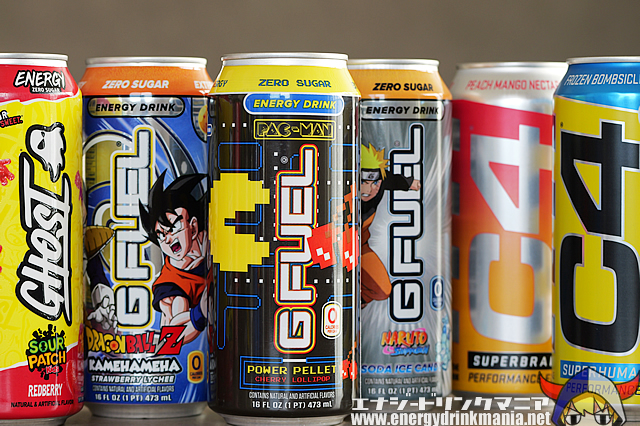
In Australia, energy drinks—mainly from the United States—are sold in convenience stores and supplement shops through import channels. Many of these imported brands contain high levels of caffeine, often exceeding the country's legal limits.
Recently, in South Australia, the sale of energy drinks that significantly exceed the national caffeine standards has become a major issue, sparking public concern.
Imported Energy Drinks with Over Twice the Legal Caffeine Limit Raise Concerns in Australia
Australia's food safety regulations set a maximum caffeine content of 320mg per liter. However, in South Australia, concerns have been raised over imported American energy drinks containing 300mg of caffeine in a 473ml can—more than double the legal limit per liter.
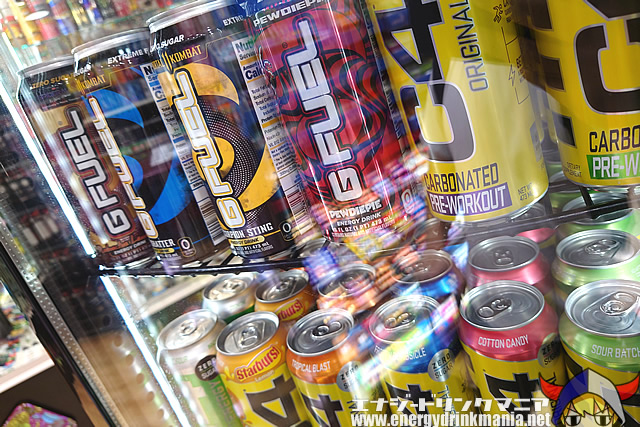
The image above shows imported energy drinks being sold in stores in New South Wales. Many convenience stores stock these high-caffeine American energy drinks.
The main brand highlighted in this issue is G FUEL, which contains 300mg of caffeine per 473ml can.
Other brands mentioned include C4 Energy Drink (200mg per 473ml) and Ghost Energy (200mg per 473ml), both exceeding the 320mg/L standard.
In the U.S., energy drinks with 300mg of caffeine in a 473ml can are common. However, products imported without adjustments for local regulations often spark concerns in countries like Australia.
Australian Government Responds to High-Caffeine Imported Energy Drinks
Energy drinks manufactured and sold within Australia and New Zealand comply with national food standards.
Before this news broke, the caffeine content of Australian energy drinks hadn't been a major topic of discussion. But with the increasing popularity of fitness-oriented energy drinks, it’s worth reviewing their caffeine levels.
- KAMIKAZE ENERGY – 160mg
- Mother ENERGY DRINK – 150mg
- MUSASHI ENERGY – 160mg
- V ENERGY – Around 150mg
As expected, all are within the legal limit of 320mg/L. Other major brands like Red Bull, Monster Energy, and Rockstar also comply with Australian regulations.
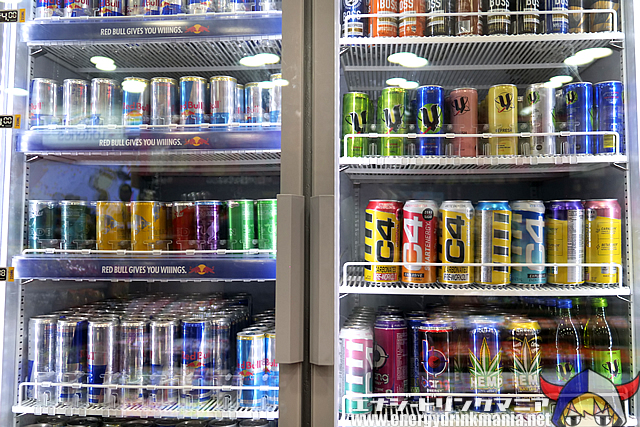
Although South Australia has not officially banned these high-caffeine imports, the state government has urged retailers to check product contents and remove any non-compliant items from shelves. Other state health departments are also being alerted to the risks posed by these drinks.
Localized High-Caffeine Energy Drinks in Australia
Some American energy drink brands have introduced localized versions specifically for the Australian market.
For example, the Bang series has been reformulated for Australia, increasing to a 500ml can while reducing caffeine content to 160mg. In 2024, GHOST ENERGY also launched a 500ml version with 160mg of caffeine for the Australian market.
However, these localized versions are rarely seen in stores.
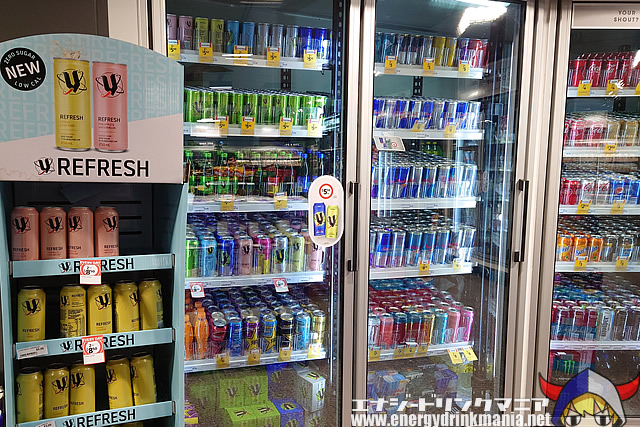
Having observed the Australian energy drink market over time, it’s clear that foreign brands struggle to gain traction. Around 70% of store shelf space is dominated by Red Bull and V ENERGY, with Monster, Rockstar, Mother, and fitness-oriented brands making up the remainder. There’s little room for new competitors.
Given this market dominance, how much market share can American energy drink brands realistically capture with localized versions? Also, will South Australia’s concerns over high-caffeine imports lead to stricter regulations nationwide? It’ll be interesting to see how this situation develops.
Related Articles
Related articles
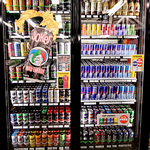 45 Types of Energy Drinks Recalled in Canada
45 Types of Energy Drinks Recalled in Canada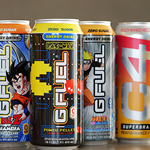 Imported energy drinks with excessive caffeine levels cause problems in Australia
Imported energy drinks with excessive caffeine levels cause problems in Australia
Latest News
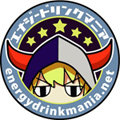 Author: Energy Drink-kun
Author: Energy Drink-kun
In 2001, while living in the United States, I encountered energy drinks through the dance scene and was deeply impressed. After returning to Japan, I found that energy drinks were considered novelty beverages, so I established a comprehensive website in 2013 to share the true appeal of energy drinks. As an energy drink enthusiast, I began drinking them seriously again, collecting over 8,000 varieties of energy drinks from various countries. I am also active as a critic and expert, receiving media interviews.


 Since 2001, Energy Drink Maniac has been drinking energy drinks and providing the most detailed reviews of global energy drinks based on firsthand research.
Since 2001, Energy Drink Maniac has been drinking energy drinks and providing the most detailed reviews of global energy drinks based on firsthand research.